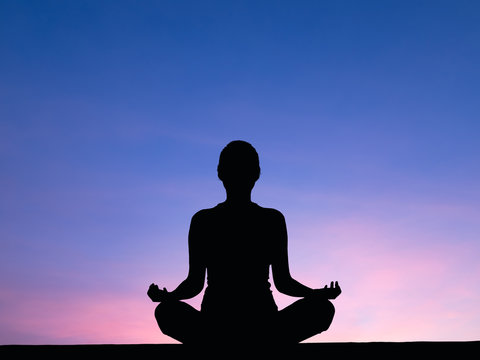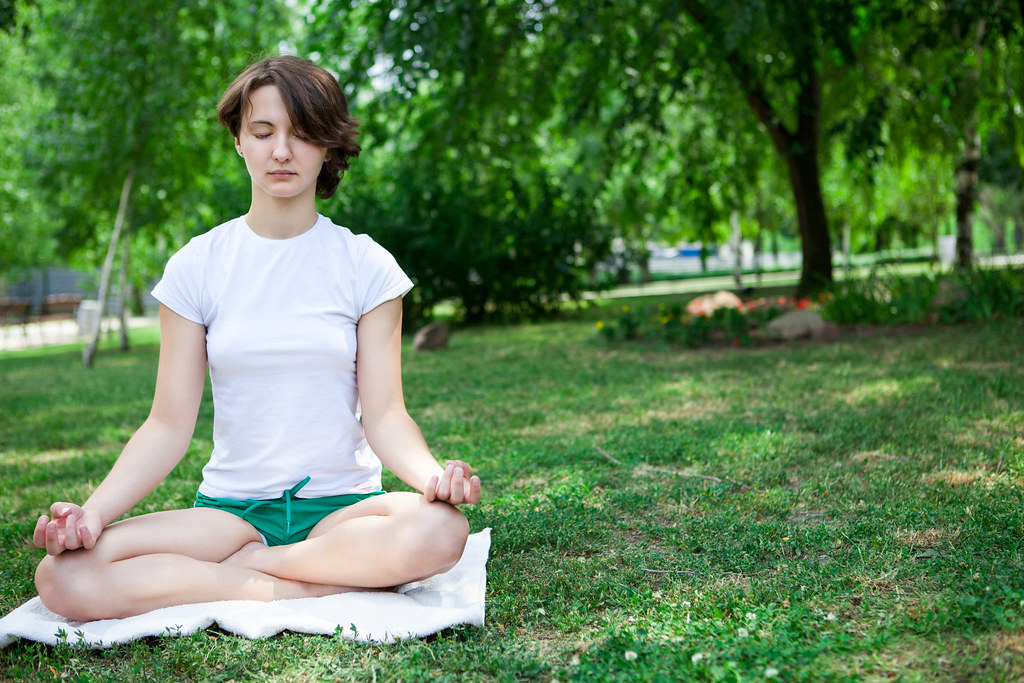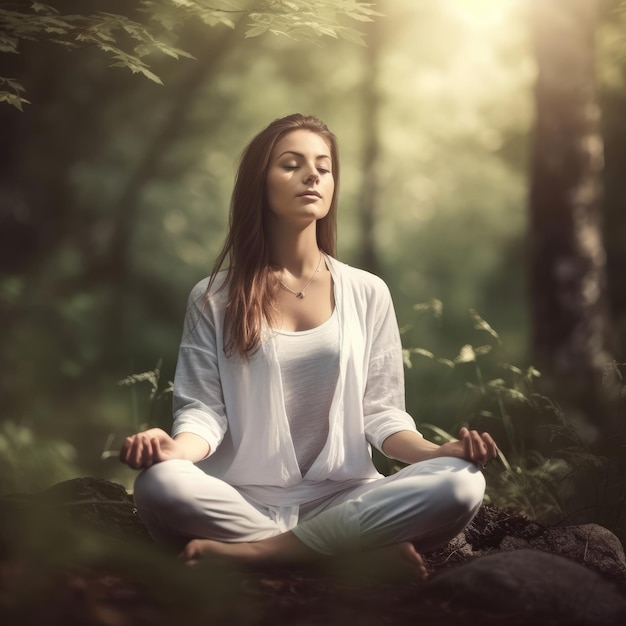Transform Your Mindset with Basic Steps on How to Meditate?
Transform Your Mindset with Basic Steps on How to Meditate?
Blog Article
Just How to Meditate: A Step-by-Step Strategy to Achieving Mindfulness and Calmness
Reflection acts as a powerful device for achieving mindfulness and emotional tranquility in a busy world. By recognizing the fundamental principles and strategies involved in meditation, people can cultivate a method that boosts their overall wellness. This conversation will outline crucial steps, from producing a conducive setting to integrating meditation right into everyday regimens. As we discover these components, it becomes clear that the trip to mindfulness is not merely concerning the act of resting in silence, but instead about promoting a deeper connection with oneself and the globe around us. What might this makeover require?
Understanding Meditation
Understanding reflection involves comprehending its essential principles and techniques, which act as the foundation for the technique. At its core, reflection is a psychological workout intended at advertising relaxation, building internal power, and developing concern and understanding. The practice encourages people to concentrate their focus, frequently through strategies such as deep breathing, visualization, or concept repeating.
Meditation can be categorized into various designs, including mindfulness, transcendental, and loving-kindness meditation, each with distinctive objectives and methods. Mindfulness reflection emphasizes present-moment awareness and non-judgmental observation of thoughts and sensations, while transcendental reflection includes using particular concepts to go beyond normal mind. Loving-kindness reflection concentrates on developing a perspective of love and empathy in the direction of oneself and others.
No matter the method used, the primary objective continues to be constant: to grow a deeper understanding of the mind and its patterns. This self-awareness cultivates psychological durability, clarity of idea, and a profound feeling of calm (How to meditate?). By recognizing these principles and techniques, people lay the groundwork for an effective meditation method that can significantly boost their general health
Getting Ready For Your Technique
Before starting your meditation method, it is important to develop an environment for concentrate and relaxation. Select a silent space where you are unlikely to be interrupted. This could be an edge of an area, a garden, or any type of area that evokes a feeling of peace. Guarantee that the location is complimentary and clean of mess, as a clean environment can assist remove the mind.
Think about the illumination, as all-natural light can improve your state of mind and power. Soft, cozy lighting is frequently much more soothing than extreme fluorescent lights. In addition, pick a comfy temperature, guaranteeing that you are neither as well hot nor as well chilly.
Integrating aspects that advertise harmony can additionally boost your experience. This could consist of soft pillows or coverings for convenience, along with relaxing aromas from crucial oils or scent. It can additionally be valuable to have a timer established for your reflection session to stop diversions from clock-watching.
Fundamental Meditation Methods

Another efficient strategy is body scan meditation. This entails mentally scanning your body from head to toe, noticing any type of areas of stress or pain and consciously loosening up those muscles. This method cultivates a deeper link between your mind and body.

Lastly, loving-kindness meditation focuses on growing empathy towards on your own and others. Quietly repeat phrases of goodwill, enhancing psychological wellness and interconnectedness. Each of these techniques functions as a foundation for your reflection journey, allowing you to find the method that resonates ideal with your personal technique.
Preserving Focus and Mindfulness

Developing a dedicated reflection room can boost the capacity to keep mindfulness. A silent, minimalist atmosphere lessens diversions, permitting much deeper immersion in the method. Furthermore, setting a time frame can help manage assumptions; beginning with shorter sessions may relieve the shift into longer techniques.
Making use of strategies such as body scanning or observing feelings can likewise strengthen mindfulness. These approaches urge additional reading professionals to stay present and involved with their physicality, securing their attention in the moment. Normal technique is crucial; the mind develops resilience over time, developing a more powerful capacity for emphasis.
Incorporating Reflection Into Every Day Life
Including reflection right into every day life can transform regular activities into possibilities for mindfulness and self-reflection. By integrating mindfulness practices right into common jobs, individuals can cultivate a higher sense go to this site of existence and peace among the busyness of everyday life.
Begin by identifying minutes throughout your day where you can exercise and pause mindfulness. Even ordinary activities like washing recipes or walking can come to be opportunities for reflection by directing your interest to the experiences of activity and the noises bordering you.
Furthermore, alloting dedicated times for reflection can enhance its technique. Beginning with brief sessions, slowly increasing duration as you end up being a lot more comfy. Use suggestions or cues-- like a specific time of day or a soothing sound-- to establish uniformity.
Inevitably, the objective is to weave mindfulness into the material of day-to-day live, permitting you to come close to each minute with purpose, thus improving your general feeling of wellness and clarity.
Verdict
In verdict, efficient meditation needs a silent atmosphere, a comfortable placement, and an emphasis on the breath. Routine reflection, even in brief sessions, cultivates a deeper connection to the existing minute, eventually leading to greater calmness and mental clarity in everyday life.
Meditation can be categorized right into different styles, consisting of mindfulness, transcendental, and loving-kindness reflection, each with distinctive purposes and techniques. Mindfulness meditation highlights present-moment awareness and non-judgmental observation of ideas and feelings, while transcendental reflection entails the usage of specific mantras to transcend regular thought processes.With your reflection space prepared, it's time to More about the author explore different basic meditation methods that can aid grow mindfulness and internal tranquility.Constantly preserving emphasis and mindfulness during reflection can be tough, specifically for those new to the technique.Developing a committed reflection space can improve the capability to preserve mindfulness.
Report this page